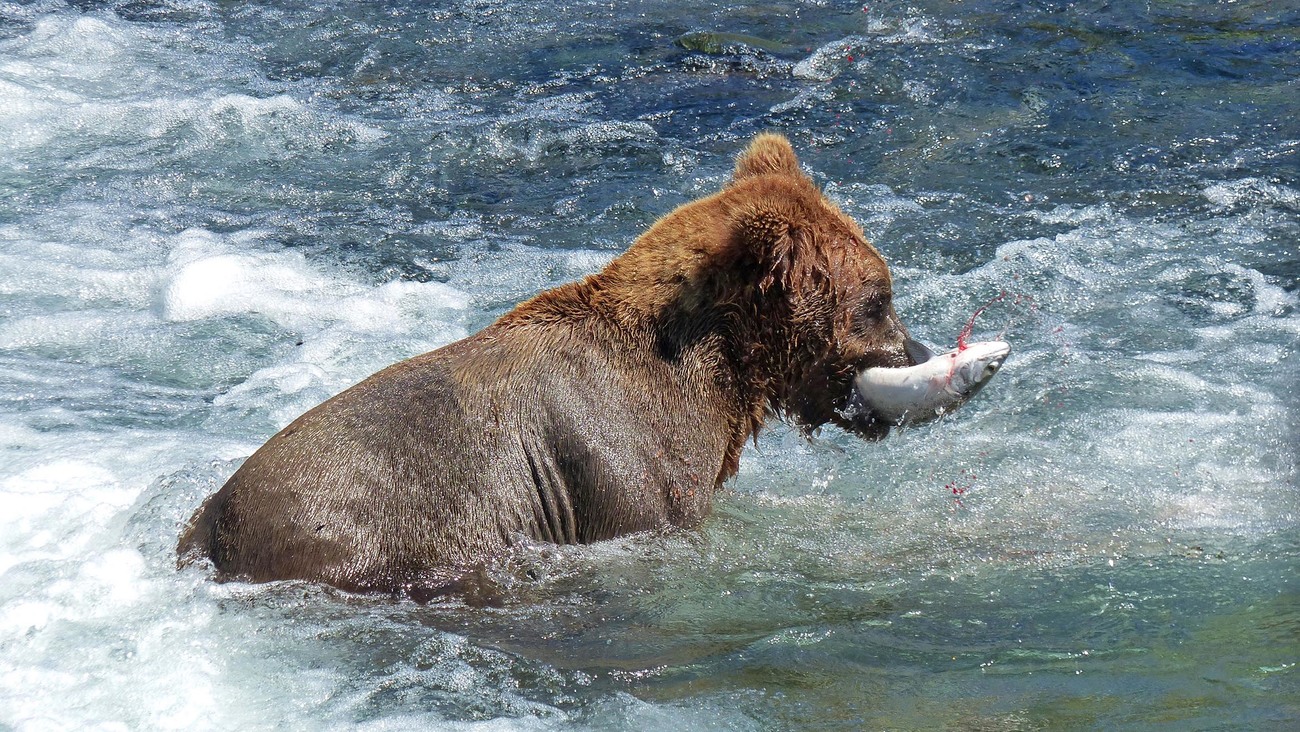wildlife crossings key part of the Infrastructure Investment and Jobs Act
wildlife crossings key part of the Infrastructure Investment and Jobs Act

Wildlife crossings as part of the Infrastructure Investment and Jobs Act
In Washington, D.C., the Senate has passed the Infrastructure Investment and Jobs Act, a piece of bipartisan legislation aimed at improving the nation’s transportation and utility infrastructure. Among the nearly 2,000 pages of text is something quite new for a federal infrastructure package: $350 million to build wildlife crossings—structures like bridges and tunnels that allow animals to pass over, under, or around roadways, helping them to avoid vehicle traffic and potential collision dangers. Wildlife crossings have been around for some time, having already been built in several states as well as in several other nations. But this year marks the first time we have seen Congress provide federal support for wildlife crossings. And it’s not a moment too soon.
The real impact for animals and people
Wildlife-vehicle collisions (WVCs) take a terrible toll. The Federal Highway Administration estimates the economic cost of wildlife-vehicle collisions to be around $8 billion annually, but that’s just a fraction of their real impact. Over one million large animal WVCs occur in the United States every year—and that’s just collisions with big animals like deer. There are no statistics on the total number of animals killed by cars each year. Furthermore, WVCs claim on average 200 human lives and result in approximately 26,000 human injuries annually, a staggering amount of carnage. Constructing wildlife crossings at points where collisions most frequently occur can reduce WVCs by as much as 97%.
Wildlife crossings make sense in a federal infrastructure bill. They are a cost-effective and commonsense solution to the $8 billion dollar annual problem of wildlife-vehicle collisions and a big win for taxpayers. Even more important, they save lives—both of animals and human beings, providing a win for biodiversity and communities across the United States. That is especially important in the context of our current biodiversity crisis which threatens extinction for one in every five species in the U.S. and poses an existential threat to humanity.
It’s important to note however that wildlife crossings are one piece of a much larger mosaic of initiatives that policymakers must adopt if we are to successfully protect biodiversity, and along with it, secure human well-being. Another critical component in that mosaic are wildlife corridors. Corridors, like crossings, facilitate wildlife movement, and the two are closely linked. Indeed, one or more wildlife crossing structures can be part of a corridor system. Wildlife corridors are just what they sound like: passageways between two separate areas of habitat. In order to survive and ultimately thrive, wildlife need safe ways to access food, water, and other members of their species. Without wildlife corridors, species can become isolated on veritable islands of protected space, in parks, or other green spaces, cut off entirely from one another by various human activities. Corridors may exist on land, or in oceans, where marine species need to navigate across shipping lanes or through fisheries. Whether on land or in water, corridors allow wildlife to move between those isolated “islands” of protected habitat by removing or modifying impediments including fencing, fishing lines, or other barriers, and restoring native vegetation along the corridor.
Promoting biodiversity
States and municipalities are already recognizing the importance of wildlife corridors to support biodiversity. Over the past several years, nine states, including New Mexico, Oregon, Colorado, Florida, Virginia, and New Hampshire have enacted some form of legislation to promote habitat connectivity. An additional six states have either introduced “connectivity legislation” or taken action through executive orders to protect wildlife corridors. Similarly, many Tribal Nations have been working for over a decade to identify and protect wildlife movement on their lands. But wildlife do not recognize state lines, hence, comprehensive, interstate corridors are absolutely critical to ensure species survive and thrive. Unfortunately, the Senate-passed infrastructure bill failed to include the Wildlife Corridors Conservation Act (WCCA), which earlier passed the House as part of the INVEST Act.
We heartily applaud the Senate for including wildlife crossings funding in the infrastructure package. At IFAW, we will continue to advocate in favor of the WCCA, even as we celebrate this victory for wildlife crossings. It is imperative that these simple, seamless innovations continue to form a fundamental part of the solutions needed to protect both wildlife and human beings, allowing us to coexist within our shared environment.
Related content
every problem has a solution, every solution needs support.
The problems we face are urgent, complicated, and resistant to change. Real solutions demand creativity, hard work, and involvement from people like you.